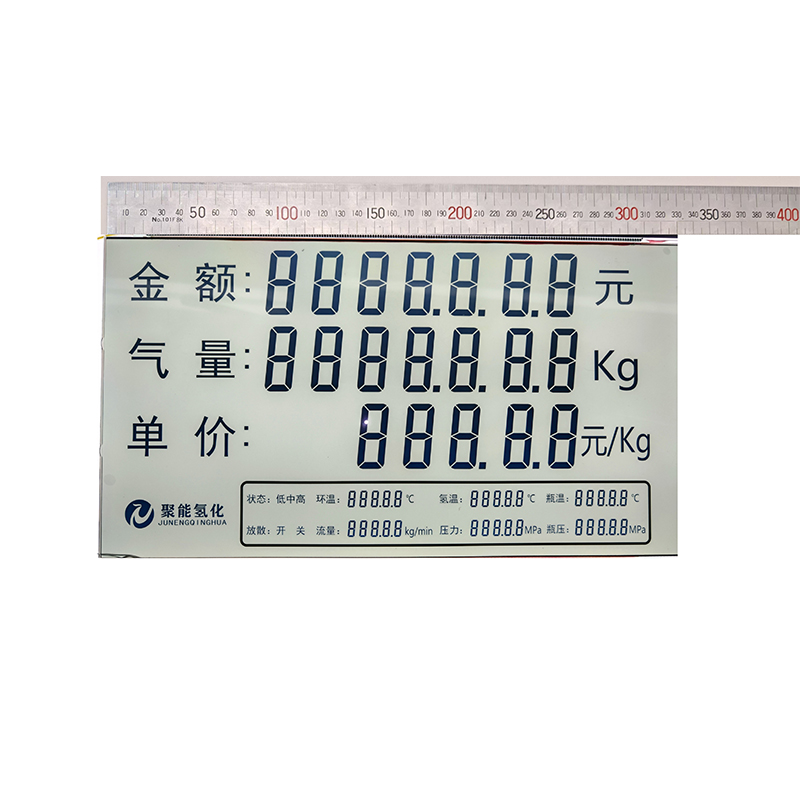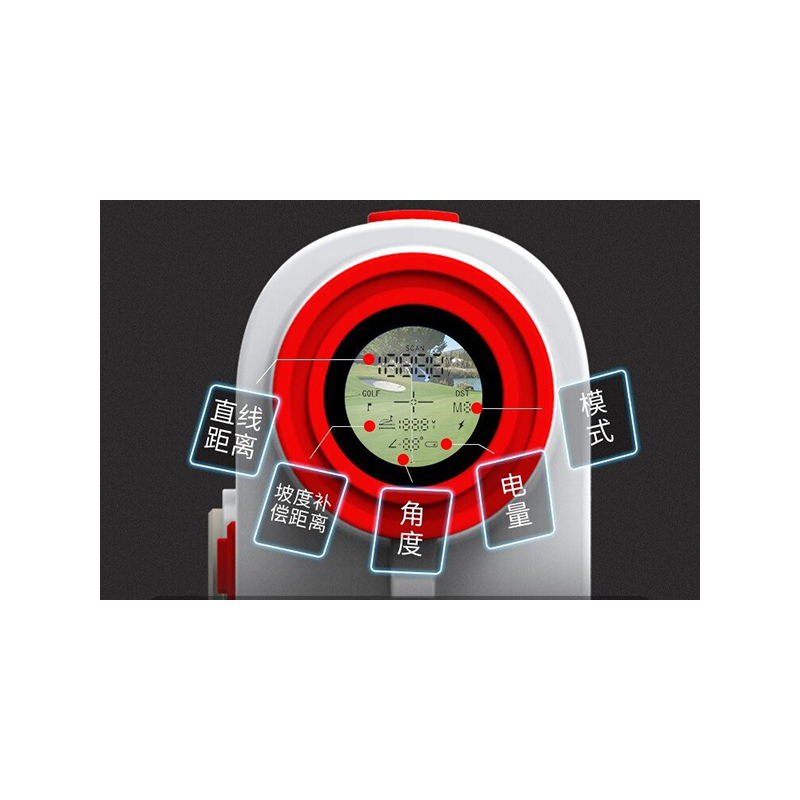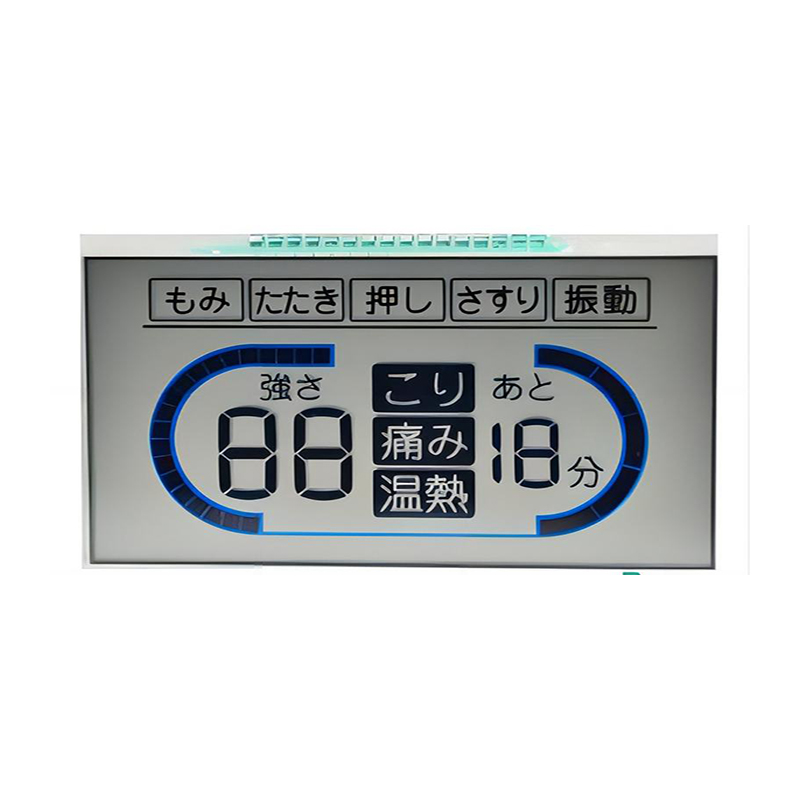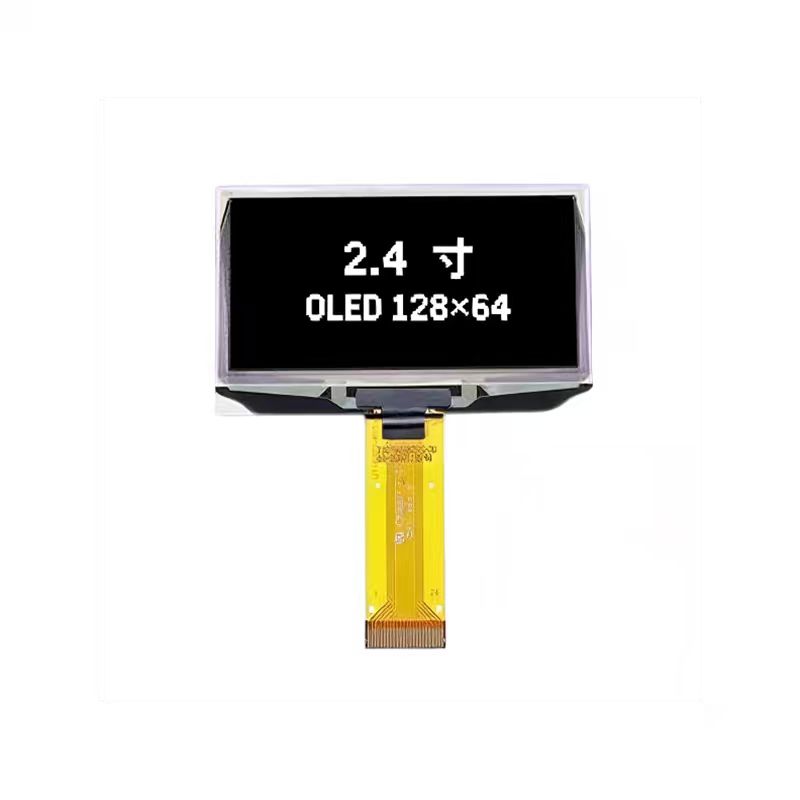
This guide provides a detailed overview of I2C TFT displays, covering their functionality, applications, advantages, disadvantages, and selection considerations. Learn how to integrate these versatile displays into your projects, troubleshoot common issues, and choose the right display for your specific needs. We'll explore various aspects, from the fundamentals of I2C communication to advanced display features and practical examples.
An I2C TFT display is a type of liquid crystal display (LCD) that uses the I2C (Inter-Integrated Circuit) communication protocol for control and data transfer. TFT (Thin-Film Transistor) technology provides higher resolution, better contrast, and faster response times compared to other LCD technologies. The I2C interface simplifies the connection process, requiring fewer pins compared to other interfaces like SPI, making it ideal for embedded systems and projects with limited GPIO pins.
I2C is a two-wire serial communication bus that uses a clock line (SCL) and a data line (SDA) to transmit data between devices. Its simple architecture and low pin count make it a popular choice for many applications. An I2C TFT display communicates with a microcontroller or other master device using this protocol to receive commands and display data. The communication process is relatively simple to implement, using libraries readily available for various microcontrollers.
Several key specifications define an I2C TFT display. These include:
Understanding these specifications is crucial for selecting the right display for your project. Different controllers offer different features and capabilities.
Selecting the appropriate I2C TFT display requires careful consideration of several factors, including:
A thorough evaluation of these factors helps in making an informed decision that meets the project's needs without exceeding budget or complexity.
Several popular controllers are commonly used in I2C TFT displays. Each controller has its strengths and weaknesses, and some may offer better support through readily available libraries for different microcontrollers. For instance, the ST7735 and ILI9341 are widely used and well-documented.
I2C TFT displays are incredibly versatile and find applications across various domains, including:
Their compact size, low power consumption, and simple interface make them ideal for a wide range of applications.
Common problems encountered with I2C TFT displays include:
Systematic troubleshooting and careful attention to detail are essential to resolve these issues. Detailed documentation and online resources are helpful in diagnosing and fixing these problems.
For more in-depth information and resources on I2C TFT displays, consider exploring:
Remember to always consult the datasheet for your specific I2C TFT display for detailed specifications and usage instructions.












